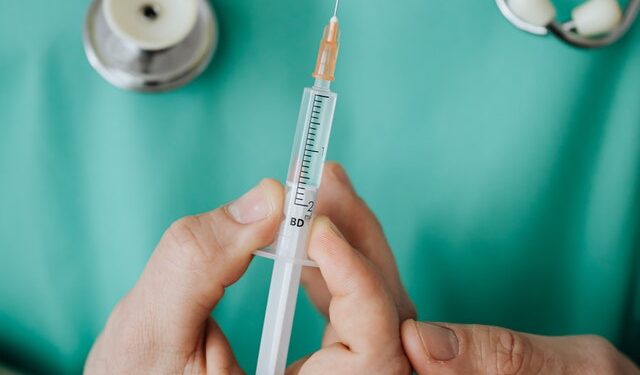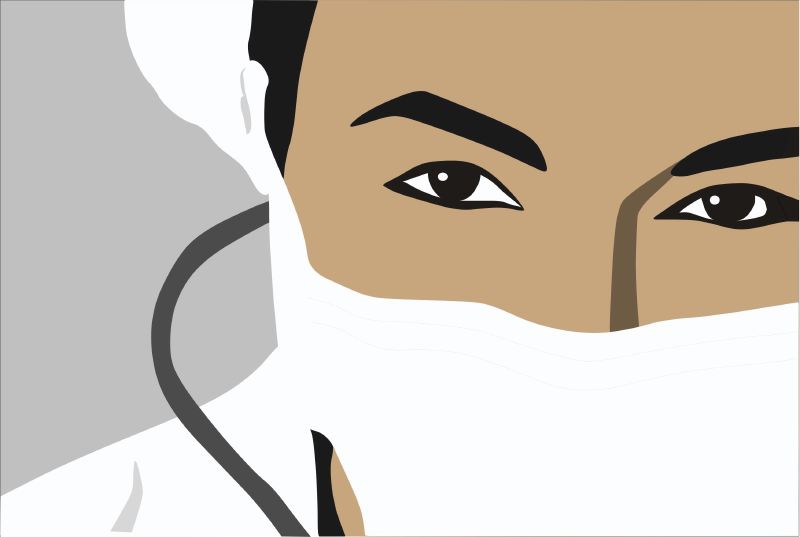
This article series investigates the incredibly sensitive area of physician suicide. It explores why doctors die in such great numbers, how we end up with higher suicide rates than other groups; what the barriers are to getting help; and how to overcome the current systemic, cultural, and individual barriers which get in the way of physician suicide prevention.
As we have previously posted, physician suicide is a global problem, and until recently was hardly spoken about. We are so grateful for the people behind initiatives like the Lorna Breen Heroes Foundation which exist to reduce physician suicide. But we must ask ourselves why it took the tragic death of yet another doctor to galvanize politicians – and physicians — into action.
Physicians have both general risk factors for suicide, and profession-specific ones driving our higher risk. First, we look at the shocking data on suicide and risk.
As we have previously posted, an estimated 300-400 physicians end their lives by suicide a year in the US alone. These numbers do not bear witness to each personal tragedy, the impact on their loved ones, colleagues and patients, and just how much they must have suffered to consider that death was the best option at the time.
Despite the privileges, pay, and power that medicine offers, doctors remain at higher risk than most other professions and the general public for complete suicide. The suicide rate among male medical doctors is 1.4 times higher than the general male population. And among female physicians, the relative risk is even more evident — 2.3 times greater than the general female population.
The suicide rate among male medical doctors is 1.4 times higher than the general male population. And among female physicians, the relative risk is even more evident — 2.3 times greater than the general female population.
Why women seem to suffer more than male doctors is an important yet not well-understood question, especially considering that in the general population, men are more likely to complete suicide in part because of the use of more violent methods. (This will, we hope, be explored in another Physicians Anonymous article.)
Physicians are not at greater risk for suicide than the general population because they are weaker, snowflakes, or less resilient; rather, the opposite is true.
Doctors are exposed to high levels of personal and professional stress, perhaps more so than any other profession except for the armed forces and others in frontline healthcare. Recurrent stress can lead to physiological and physical exhaustion, otherwise known as burnout. We are only now starting to recognize the high rates of burnout and mental illness in our nursing, physician assistant, and therapies colleagues.
Furthermore, physicians may face elevated conflicts with administration or colleagues, and many wrestle with marital conflict or issues at home because of work demands. 80+ hour weeks don’t help despite theoretical attempts to restrict working hours in residents.
Something inherent to medical school hacks away at our quality of life and raises the prevalence of mental health conditions. This tendency continues or even worsens in residency, fellowship, and beyond.
Doctors are often more vulnerable because as professionals they set very high standards for themselves with perfectionist tendencies and the tensions between increasing and changing patient expectations; being trained to keep their distance but still expected to be empathic. Feelings of isolation and lack of support further contribute to feelings of alienation. Often doctors get criticized and get letters of complaints but very rarely receive praise.
Exposure to trauma, stress, and peer relationships with a lack of support often contributing to altered mental states. Loneliness —prevalent among physicians and trainees—has also been implicated in burnout
In addition to the strikingly higher suicide rates in doctors, by virtue of being a doctor (medical student, resident, and beyond) your risk of mental illness and substance abuse is higher than the general public.
Burnout and depression start early in medical training. At the time of enrolment, medical students have lower levels of depression and higher quality of life than age-matched college graduates, but within months, their rates of burnout and suicidality exceed those of their peers.
Something inherent to medical school hacks away at our quality of life and raises the prevalence of mental health conditions. This tendency continues or even worsens in residency, fellowship, and beyond.
A 2015 global meta-analysis found a 16% increase in depressive symptoms during the first year of residency, across all specialties and countries of training. Over the course of training 21-43% of residents (registrars, speciality trainees, interns) reported depressive symptoms, which also grew over time.
Substance abuse and addiction—itself a risk factor for attempted and completed suicide—is another occupational hazard. Substance abuse is associated with impulsivity and worsening affective symptoms. Addiction is prevalent, especially among emergency physicians, psychiatrists, and anesthesiologists. Female physicians have higher rates of alcohol abuse than women in the general population.
Thus, it is hardly surprising that physicians with substance use disorders have elevated rates of suicide attempts and suicides.
A 2019 UK study of doctors and medical students showed that 27% of their sample reported being diagnosed with a mental health condition at some point in their life, and 7% said that this was the case in the past year. 40% reported currently suffering from a broad range of psychological and emotional conditions and 90% stated that their current working, training, or studying environment had contributed to their condition either to a significant or partial extent.
Physicians are trained in toxicology and have readily available access to lethal medications, and depending on specialty, may have additional expertise that can be turned to lethal use. Moreover, doctors tend to use suicide methods of higher lethality including firearms and hanging.
This increased knowledge and use of highly lethal means links to a higher chance of a lethal outcome.
Studies have found a number of additional doctor-specific factors linked to increased suicide risk in doctors. These were summarised on the AMA website and they include:
Then there are situational stressors that many of us can relate to which increase suicide risk in physicians, including:
This article has examined the very sensitive area of physician suicide. We have explored why doctors die in such great numbers, how we end up with higher mental illness, substance abuse, and suicide rates than other groups.
Resultantly, although physicians are typically better resourced than the general population, there remain significant barriers to seeking help.
We explore these barriers to help-seeking in physicians in Part 2.
